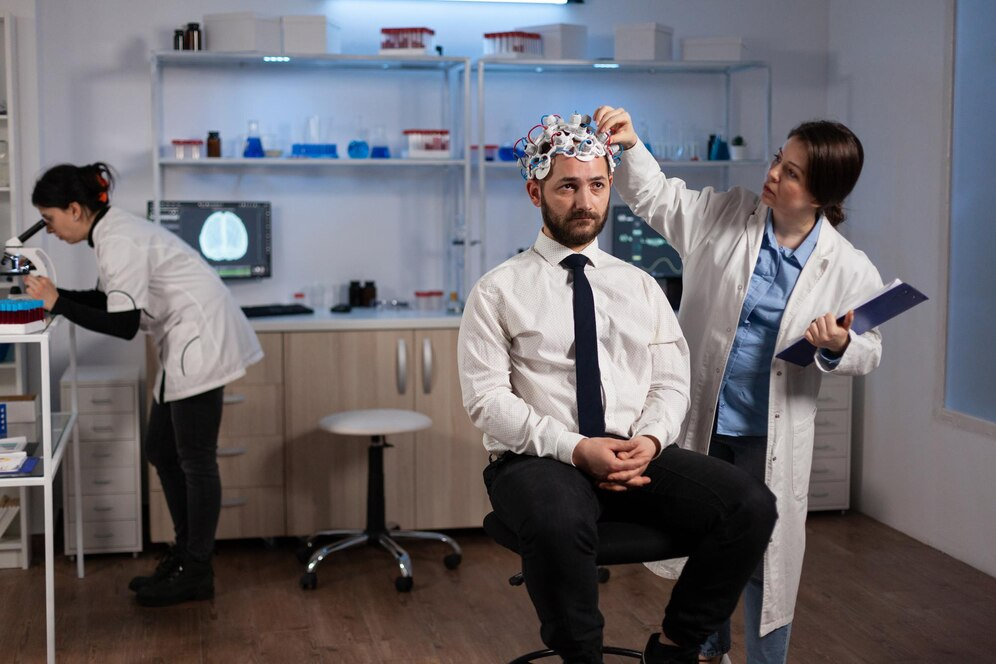Discover Your Perfect Healer Today!
Our online practitioner directory connects you with a wide range of healers to suit your unique needs.
Easily search and find the right professional to support your wellness journey.
Start exploring today to find your perfect match.
Modality
Disease
Books
Products
Events
Training
Blogs
Neurofeedback-Biofeedback
Unveiling the Truth: Is Neurofeedback a Science
According to proponents, neurofeedback is a method of brain training that uses real-time EEG data to improve cognitive functions, e.g. focus enhancement and anxiety reduction. ...
Read More → Written by
James Williams
Holistic Medicine
How to Choose the Right Holistic Medicine Practice?
Do you want to kick-start a healthier lifestyle but not sure where to begin? Don’t believe that health can only be achieved through modern medicine. ...
Read More → Written by
John Smith
Lyme Thank You
Thanks for being with us! We will provide the results to you. Your journey to better health and support starts here. We encourage you to ...
Read More → Written by
Web Master
Neurofeedback-Biofeedback
Debunking Myths and Misunderstandings of Neurofeedback, Biofeedback
Neurofeedback and Biofeedback therapy have proved highly effective in emotional and physical health enhancement. Nevertheless, relying on some beliefs, myths, and misunderstandings related to these ...
Read More → Written by
James Williams
Herbal Medicine
Herbal Medicine Method: What You Need to Know?
Have you ever wondered how people cared for their health before modern medicine? Herbal medicine has been there throughout history and has provided us with ...
Read More → Written by
John Smith
Acupuncture
Integrating Acupuncture with Conventional and Complementary Therapies
Acupuncture has always been known for its ability to foster natural recovery and rebalance in the body. However, it is most effective when used together ...
Read More → Written by
David Brown





